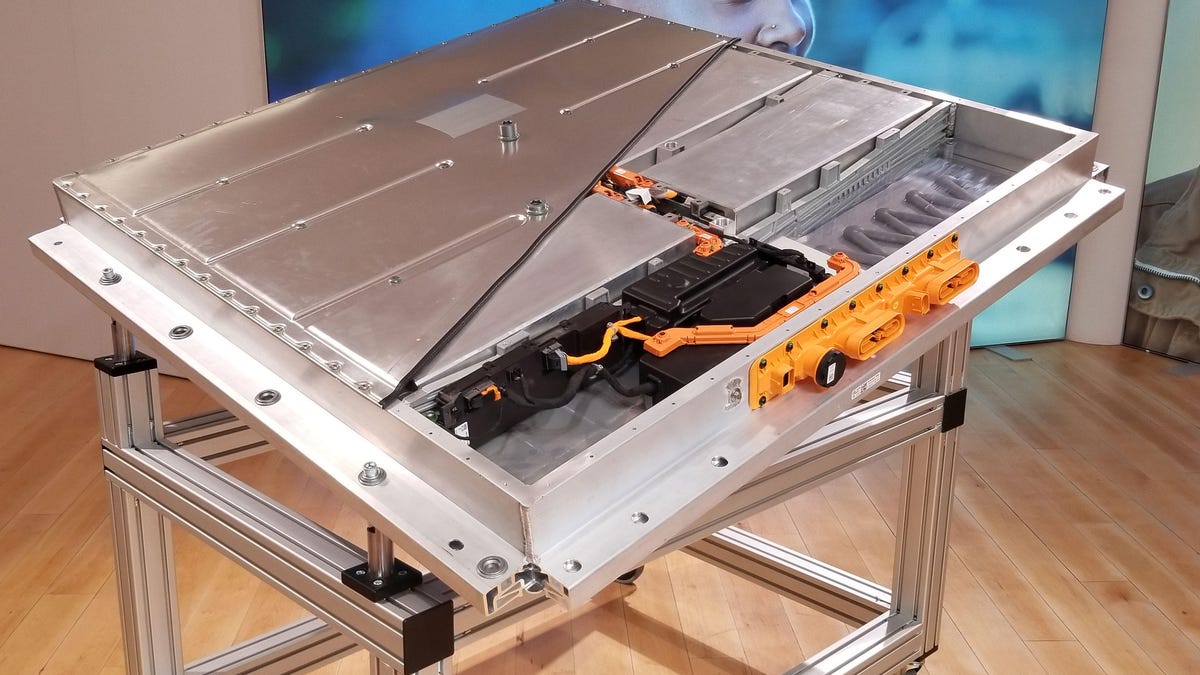Honda, CalTech and NASA's JPL might have a real alternative to Li-ion batteries
The new battery chemistry is based on fluoride and would have greater energy density while being less environmentally damaging than current lithium-ion technology.
The Honda Research Institute has been working with scientists from California Institute of Technology (CalTech) and NASA's Jet Propulsion Laboratory on new battery chemistry that could present a more energy-dense and environmentally-friendly alternative to lithium-ion batteries, according to a paper published on Friday in Science Magazine.
Right now the world's
electric cars
are -- with a few exceptions -- powered by lithium-ion batteries. Lithium-ion has a lot of benefits over older battery chemistries like nickel metal-hydride, thanks to its more favorable charge and discharge rates and the fact that it's less likely to develop a "memory" if not consistently fully discharged before it's recharged.
Lithium-ion batteries also have a few significant downsides, namely the damage to the environment that occurs when lithium and cobalt are mined and the cells' propensity for catching on fire and being very difficult to extinguish once they do. The fluoride-based battery chemistry being developed by Honda, NASA and CalTech would alleviate many of these issues.
One of the most exciting benefits of fluoride chemistry is its potential to be much more energy dense than lithium. This would mean that an electric car equipped with this new battery technology could go further on a pack of the same physical size or the same distance with a physically much smaller battery pack.
Fluoride-ion battery technology isn't entirely new, but previous versions of it required its solid-state electrolyte to be heated to as much as 300 degrees Fahrenheit to function properly. The advances from Honda, JPL and CalTech are the creation of a room-temperature liquid fluoride electrolyte (aka a tetraalkylammonium salt–fluorinated ether combination) and copper–lanthanum trifluoride core-shell cathode (also a new development) that work together to make a function cell. Teamwork, as they say, makes the dream work.
This is all pretty cool, and very exciting, but don't expect to see the next Honda Insight rocking fluoride-ion batteries. The technology is promising but likely quite a ways away from being ready for mass production.


